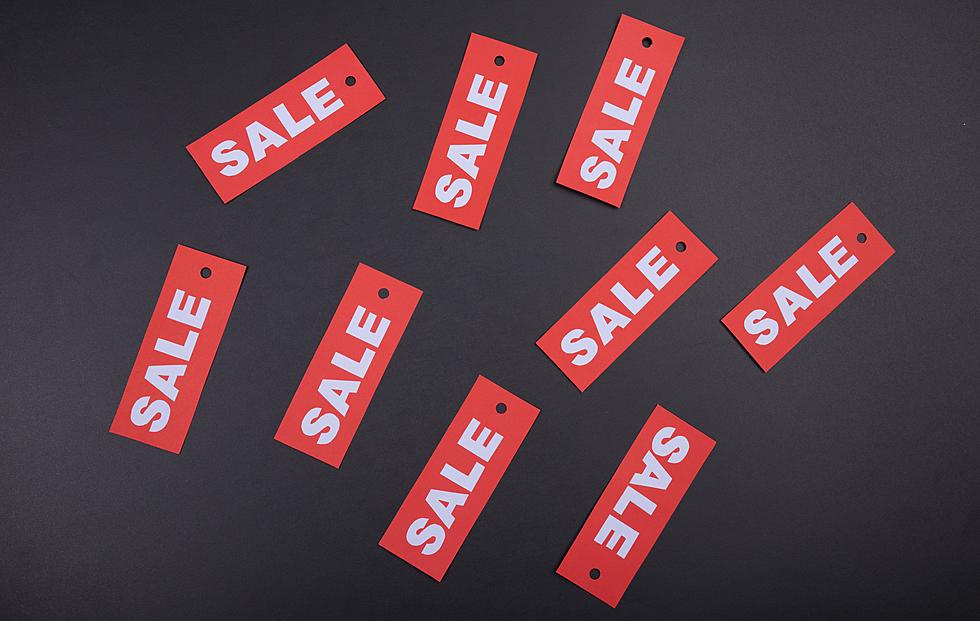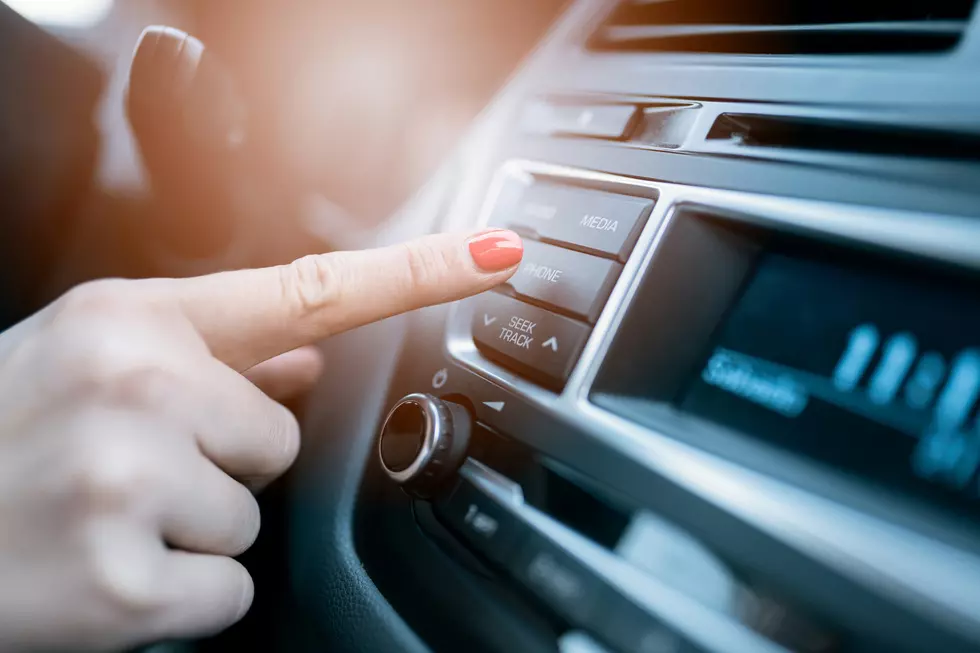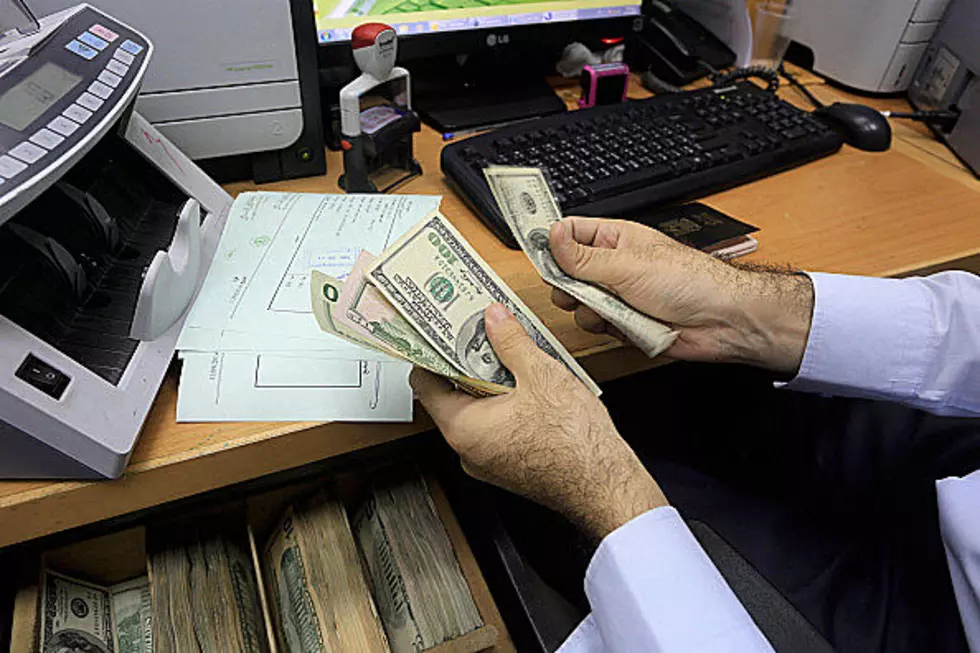
How to Advertise a Small Business When a Business Card Is All You Have
If I were forced to name the most valuable tool in business it would have to be the business card. It may even be more valuable than the computer...depending on the type of business you have. Your business card performs a multitude of tasks. It projects your business image, it leaves a reminder long after you and the recipient have parted company. It is passed from one person to another and is a valuable referral tool. It works great to scrape crumbs off a tablecloth. Well, maybe the last one isn't a true business use.
The point is that if you are a new business, or a home based business, you must have business cards to be considered a real business by those you meet. Real businesses have real business cards. So, even if you are new to business, make sure you have plenty of business cards on hand. We'll discuss the correct way to use them in a moment but first let's talk about the correct way to design a business card.
Business Card Design: The Good, The Bad & The Ugly
A standard business card, in case you didn't know, is three and one half inches across the top and two inches down the side. You have seven square inches (4539 sq. cm) to tell your company story. Fourteen square inches if you count the back.
Are there specific things a person must know before laying out a business card? The answer is, of course, yes or this would be a really short article.
Let me point of some of the more important ones;
Your logo or no logo: Many people want to know, "Just how important is a logo on a business card?" A better question to ask is what is the image you want the business to project? For example, some insurance agents represent a company and the company name is the image. For others, the agent is the image and the company name stays in the background. The logo is an after thought. If you feel people are going to eventually know you for your company logo, like Coke or McDonald's, then by all means have a good logo designed by a professional.
Don't just design a logo for your business card: As your business grows, you will want to use your logo in a variety of media. TV, newspapers, magazines, flyers, brochures are just a few places to use your logo. Your logo may look great in the large size of a newspaper ad, or billboard, but lose it's personality in a smaller size on a business card or brochure. Always look at your logo in a variety of sizes to make sure your image looks consistent.
Start with the most important information first and work your way down: List all the items you feel should be on your card. Here are some possible suggestions in no particular order: Company Name, Your Name, Address, Phone, Email, Fax, Cell Phone, Home Phone, Pager, Company Logo, Business Slogan or Motto and Brand Names to name just a few. Start filling up the card with the information. The more important items should be bigger the lessor smaller. The one exception might be the phone number. This is my pet peeve in yellow pages too. Don't waste valuable advertising space with a giant phone number that takes up the whole ad. Customers look for features and benefits on your card and your ads. If they are a valid, interested customer they should be able to locate your phone number. (See: Why Customers Buy)
What image are you projecting? If you've ever gotten a business card from an attorney, you will notice that in most cases, they are very formal looking. They rarely have a logo. Usually just the firm's name, the attorneys name along with the address and phone information. On the other hand, if you've gotten a card from a realtor, it probably has the agents picture on it in full color lots of phone numbers and real estate association logos. Both groups are professional in the work they do. The difference is in the way they project that professionalism. Nothing wrong with your picture on your card if you are a realtor, but it's in poor taste for a attorney.
Colors, typefaces and paper: Once again, what kind of image are you trying to project? Try to collect business cards from your competitors. Lay them out on a table and compare them to yours. What do their cards say about their business? What does your card say about yours? What kinds of typefaces did they use? What ink colors? What type, or color of paper? Ask your printer for some samples of business cards they may have done for businesses similar to yours. Examine what papers and ink colors go well together in those samples. Which do not go well together. Contact businesses like yours and see if they will send you their business card and brochures. They are more likely to do it if you send them a self-addressed stamped envelope. Check out their web sites. See what's working for others in your industry.
What's your image worth?
How much should you spend on business cards? It's like saying, "How much should I spend on a car?" What image do you want to project to the person seeing the card? Success? Or Cheapskate? If you skimp on your business card what else do you skimp on?
Let's say you are considering paying $100.00 for a thousand business cards. That would be a pretty nice card. But when it comes right down to it, the cost of each card is a dime. A lousy .10¢. Isn't your business image worth more than one thin dime?? How many dimes would you give out, if 10% became customers? You would be giving dimes to every person you see. This is a ridiculously small expense for such a powerful marketing and advertising tool.
What's the right way to advertise with a business card?
Joe Girard is supposedly the world’s greatest salesman. Joe sold cars in Detroit, Michigan for many years. One year he sold over 1,200 new cars. (Over 13,000 in a 15 year period) Even if Joe worked every day of the year, which he didn't of course, that comes to 3 cars a day, each and every day for a year. That's a lot of cars.
One of Joe's tricks was to go to Detroit Lions football games and throw handfuls of business cards out of the upper deck onto the expensive seats below each time the team scored. Each card had a percent off that was good at Joe's dealership the following day. How many cards a year did Joe go through?? No one knows. What they do know is creative use of his business card paid off for Joe Girard. Here are a few of my favorite advertising tips for business cards.
My business card goes in every bill I pay every time I pay it.
The electric company gets 12 cards a year. So does the cable company, water company and phone company. My insurance company, all credit card companies and any other bill that comes to my home or office gets my business card. Why each time? Because businesses have turn over of personnel and different people will be seeing my card. People don't stay at jobs like they once did.
What do politicians do when they want to advertise?
Since we are in the thick of the election season, how do those running for office get their message out? They canvas neighborhoods. Every house within walking distance of your house should have your business card. People enjoy supporting their neighbors. You are in the same boat they are. They identify with you. Work your neighborhood and it will work for you.
Bulletin and Event Boards: You'll find these in Laundromats, schools, office buildings, and libraries. Just pin your card to these boards on a regular basis. Many people check these boards on a regular basis.
Make business cards worth keeping:
Many businesses put valuable industry information on the back of the cards. Calendars, measuring tables, or important phone numbers are just a few things that make your card worth keeping.
Some Final Thoughts on Business Card Advertising
There is no more powerful marketing and advertising tool available at any price than the ordinary business card. Never underestimate the value of your business card as a business-building tool. Your business card is advertising ... deciding who to give the card to is marketing.
Giving one card to the right person can make all the difference in your business.
More From KMMS-KPRK 1450 AM






![[POLL] Will You Got Back to Restaurants and Bars When They Open?](http://townsquare.media/site/8/files/2017/04/Adam-Berry.jpg?w=980&q=75)
![[POLL] Should wearing a mask in public be mandatory?](http://townsquare.media/site/8/files/2020/04/GettyImages-1213079528.jpg?w=980&q=75)
![[POLL] Will You Tune Into The Tom and Shane Saturday Show?](http://townsquare.media/site/8/files/2020/04/TomShaneFB.jpg?w=980&q=75)
